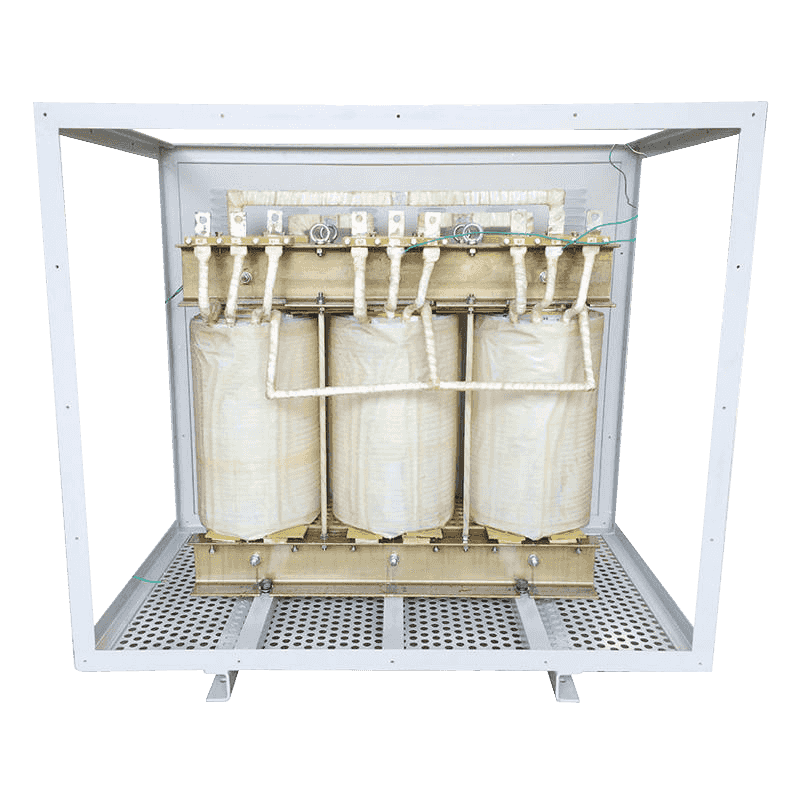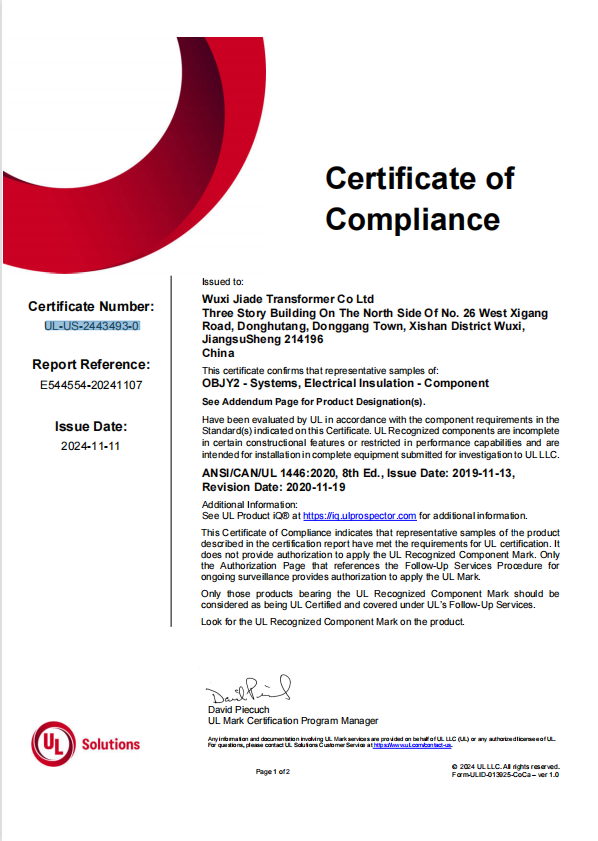As an indispensable equipment in the power system, the core function of a three-phase transformer is to convert voltage from one three-phase circuit to another three-phase circuit efficiently. It is not only widely used in the field of power distribution and transmission but also an important tool for voltage adjustment and current stabilization. It is uniquely constructed as a delicate combination of three separate coils. Each coil precisely corresponds to the three-phase current of the power supply. These coils are on a shared core and are closely connected through magnetic coupling. Specifically, one coil is directly connected to the input power supply, which we usually call the main coil. The other two coils are connected to the output load and are called the secondary coils. By adjusting the ratio of turns between the main coil and the secondary coil, we can flexibly realize the conversion of different voltages, thus ensuring the stable operation of the power system.
Advantages of Copper Wire Transformer
1. Advantages
(1) High conductivity: copper has high conductivity and is not susceptible to moisture and oxidation.
(2) Good stability: copper transformers are corrosion-resistant have a long service life, and can maintain stable performance in harsh environments.
(3) good heat transfer: copper thermal conductivity is good, and can quickly dissipate heat, thus ensuring the long-term stable operation of the transformer.
2. Disadvantages
(1) High cost: compared with aluminum, copper is more expensive, so the cost of a copper core transformer is also relatively high.
(2) Large weight: the density of copper is large, so the weight of the copper core transformer is also relatively large, resulting in transportation, installation, and maintenance difficulties.
| Capacity | 250 KVA |
| Rated Voltage | 3300VAC |
| Primary Voltage | 3300VAC |
| Secondary voltage | 480V |
| Frequency | 50/60Hz |
| Conductor material | Copper |
| Temperature rise | ≤ 65K |
| Noise | <70dB@1m |
| Isolation Class | H class |
| Cooling month | AN |

 Eng
Eng  Español
Español



















